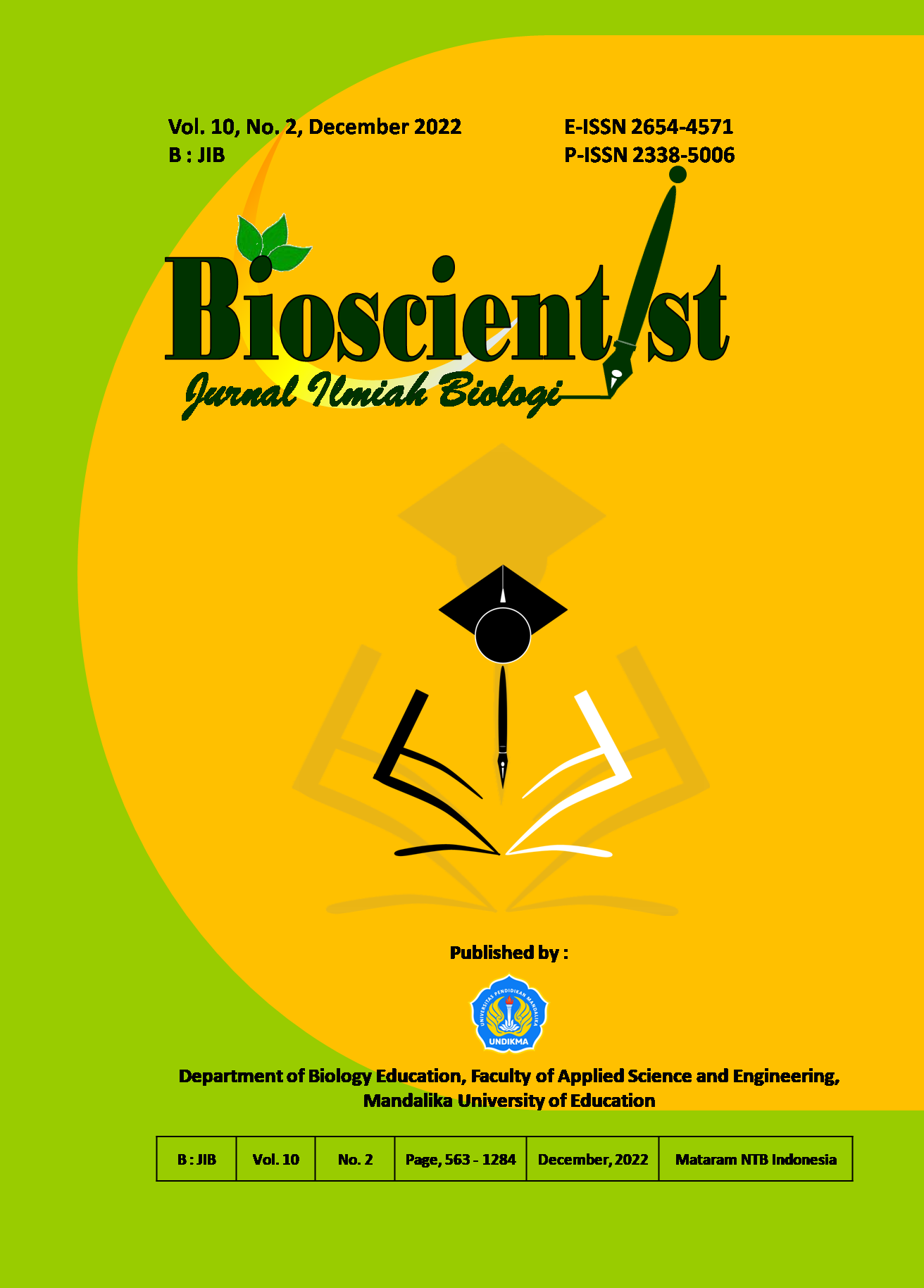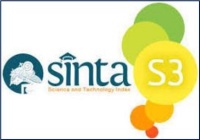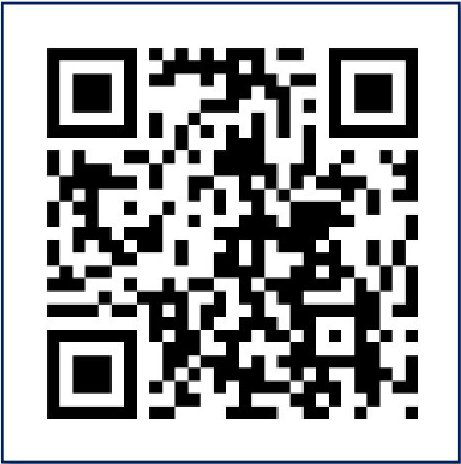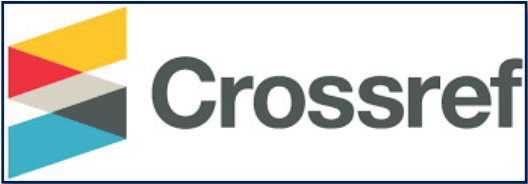Keanekaragaman Jenis Mangrove di Kawasan Hutan Lindung Pakonjawai Kabupaten Sumba Timur
DOI:
https://doi.org/10.33394/bioscientist.v10i2.6397Keywords:
Species Diversity, Mangroves.Abstract
The purpose of this study was to determine the diversity of mangrove species in the Pakonjawai Protected Forest area, East Sumba Regency. The type of research in this study was an ecological descriptive study with a quantitative approach. The sampling technique used was a purposive sampling technique with sampling locations covering 3 observation stations using the line transect method (transect line plot). The results showed that the composition of the mangrove species found consisted of 5 families, 5 genera and 9 species with a total of 337 individuals consisting of 237 individual tree categories, 68 individual saplings and 32 individual seedlings. The mangrove species found were Rhizophora mucronata, Rhizophora apiculata, Rhizopora stylosa, Sonneratia alba, Sonneratia ovata, Avicennia alba, Bruguiera gymnorrhiza, and Sscyphiphora hydrophyllaceae. The diversity index at the tree growth rate was 1.9518, the sampling level was 2.0496 and the seedling level was 1.9588 which means that the diversity of mangrove species is "moderately abundant". The highest Important Value Index (IVI) at tree level was Sonneratia ovata with a value of 71.98 while the sapling level was for Rhizophora mucronata with a value of 38.15 and the seedling level for Rhizophora mucronata with a value of 45.41.
References
Abidin, Z., Purnomo, dan Pradhana, C. (2020). Keanekaragaman Hayati sebagai Komunitas Berbasis Autentitas Kawasan. Jombang: Fakultas Pertanian Universitas KH.A. Wahab Hasbullah.
Badan Pusat Statistik. (2020). Kabupaten Sumba Timur dalam Angka. Sumba Timur: Badan Pusat Statistik.
Dessi, F., Johan, Y., dan Renta, P.P. (2016). Analisis Kesesuaian Ekowisata Mangrove Desa Kahyapu Pulau Enggano. Jurnal Enggano, 1(2), 64-73.
Fachrul, M.F. (2012). Metode Sampling Bioekologi. Jakarta: PT. Bumi Aksara.
Google. (2022). Retrieved September 09, 2022, from Google Earth. Interactwebsite: https://earth.google.com/web/@-9.82245577,120.05529942,569.28070907a,139114.89138946d,35y,339.28146624h,0t,0r.
Indriyanto. (2015). Ekologi Hutan. Jakarta: PT. Bumi Aksara.
Khamalia, I., Herawatiningsih, R., dan Ardian, H. (2018). Keanekaragaman Jenis Paku-pakuan di Kawasan IUPHHK-HTI PT. Bhatara Alam Lestari Kabupaten Mempawah. Jurnal Hutan Lestari, 6(3), 510-518.
Martuti, N.K.T. (2013). Keanekaragam Mangrove di Wilayah Tapak, Tugurejo, Semarang. Indonesian Journal of Mathematics and Natural Sciences, 36(2), 123-130.
Prastomo, R.H., Herawatiningsih, R., dan Latifah, S. (2017). Keanekaragaman Vegetasi di Kawasan Hutan Mangrove Desa Nusapati Kabupaten Mempawah. Jurnal Hutan Lestari, 5(2), 556-562.
Rahim, S., dan Baderan, D.W.K. (2017). Hutan Mangrove dan Pemanfaatannya. Yogyakarta: Deepublish.













